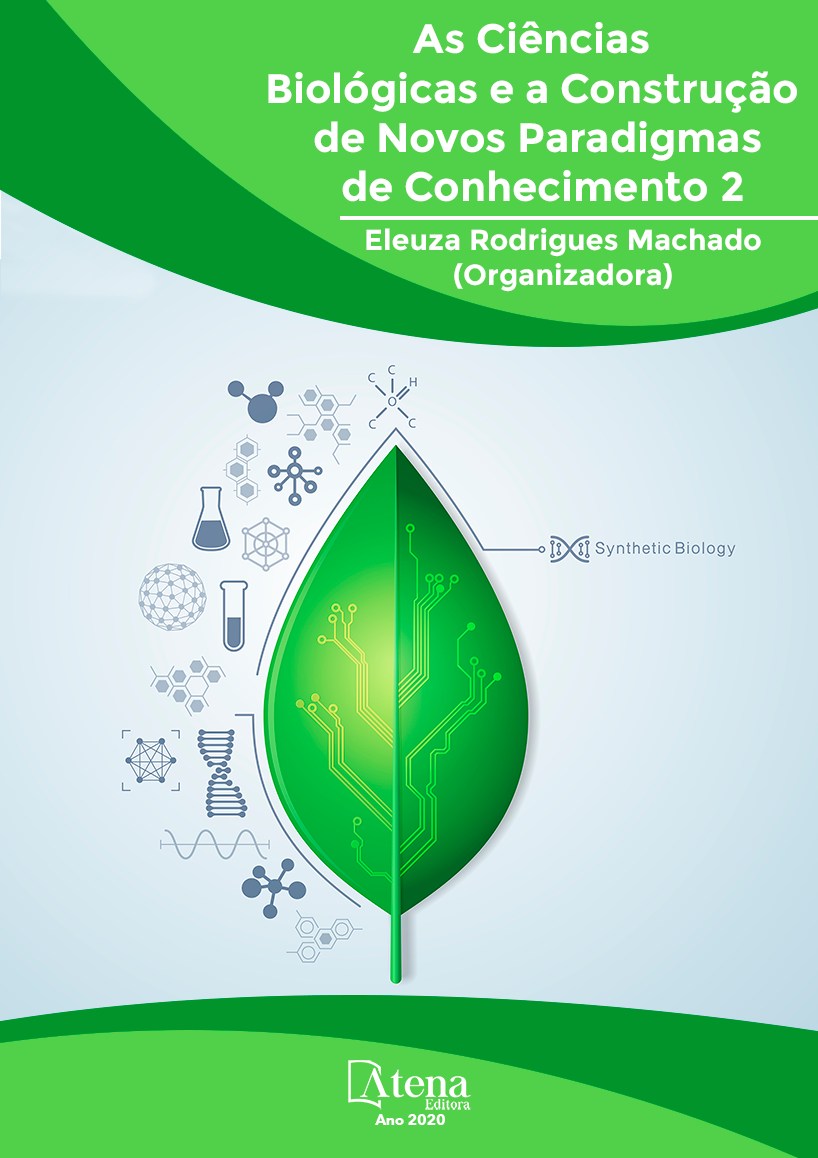
EFECTOS DE LA FRAGMENTACION EN LA MORFOLOGIA DE LOS ORGANISMOS: VARIACION EN LOS PATRONES DE COLORACION DE ABEJAS Y AVISPAS (INSECTA: HYMENOPTERA) EN UN PAISAJE ALTAMENTE FRAGMENTADO DEL OESTE DE PARANÁ
Es razonable suponer que la transición abrupta entre ambientes asociado a los procesos de fragmentación pueda llevar a padrones bastante distintos en la coloración de los organismos. De esta manera, el presente trabajo busco testar la hipótesis de que habría variación en los patrones de coloración de ensambles de abejas y avispas (Insecta, Hymenoptera) en ambientes de interior y borde de bosque, evaluando las siguientes predicciones: (i) los organismos encontrados en áreas de interior de bosque presentarían integumentos con colores más oscuros que lo organismos encontrados en el áreas de borde; (ii) habría diferencia en la relación entre el tamaño del cuerpo y la coloración de los organismos en los dos ambientes. Fueron realizadas muestras de abejas y avispas, con el auxilio de platos-trampa, en áreas de interior y de borde de bosque en el Parque Nacional Iguazú. Luego de montados, los insectos fueron fotografiados y la coloración y tamaño del cuerpo de los individuos fueron medidos. Se realizó entonces un análisis de covarianza (ANCOVA) para testar el efecto del local en la coloración de los insectos, mientras es controlado el efecto del tamaño de los individuos. Los resultados encontrados dieron soporte a la hipótesis planteada, una vez que las predicciones fueron confirmadas. Las abejas y avispas tendieron a tener colores más oscuros en el interior del bosque de que en el borde, y la relación entre el tamaño del cuerpo y el color fue distinta en los dos ambientes, de forma que solo hubo tendencia a la covariación en estas dos variables en el interior del bosque, donde individuos mayores tendían a ser mas oscuros.
EFECTOS DE LA FRAGMENTACION EN LA MORFOLOGIA DE LOS ORGANISMOS: VARIACION EN LOS PATRONES DE COLORACION DE ABEJAS Y AVISPAS (INSECTA: HYMENOPTERA) EN UN PAISAJE ALTAMENTE FRAGMENTADO DEL OESTE DE PARANÁ
-
DOI: 10.22533/at.ed.10220050315
-
Palavras-chave: Fragmentación de áreas verdes; hipótesis del melanismo térmico, Parque Nacional Iguazú.
-
Keywords: Fragmentation of green areas; Thermal melanism hypothesis, Iguazú National Park.
-
Abstract:
It is reasonable to assume that the abrupt transition between environments associated with fragmentation processes can lead to quite different patterns in the coloration of organisms. In this way, we aim to test the hypothesis that there is variation in the patterns of coloration of bees and wasp assemblies (Insecta, Hymenoptera) in indoor environments and forest edge, evaluating the following predictions: (i) organisms found in interior forest areas would have integuments with darker colors than the organisms found in the border areas; (ii) there would be a difference in the relationship between body size and the coloration of organisms in the two environments. We made samples of bees and wasps with the help of trap dishes, in interior and forest edge areas in the Iguazú National Park. After assembling the insects, we photographed and measured the color and body size of the individuals. Then, we performed a covariance analysis (ANCOVA) to test the effect of the local on the coloration of the insects, while controlling the effect of the size of the individuals. Our results supported the hypothesis, once the predictions were confirmed. Bees and wasps tended to have darker colors inside the forest than at the edge, and the relationship between body size and color was different in the two environments, so that there was only a tendency to covariate in these two variables inside the forest, where bigger individuals tended to be darker.
-
Número de páginas: 10
- Luis Roberto Ribeiro Faria
- Antony Daniel Muñiz Bravo


